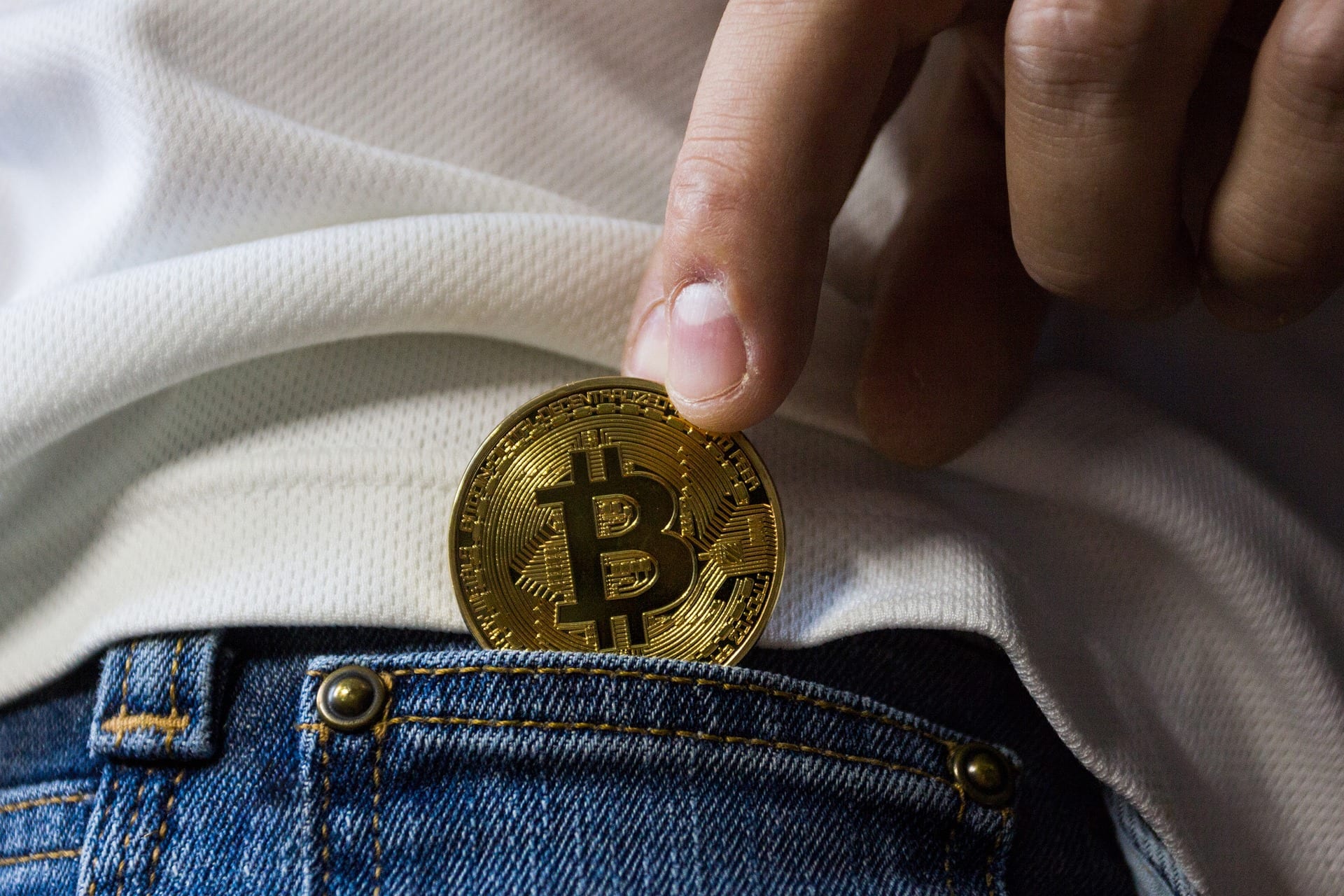Perhaps you’re just curious and want to buy or trade some cryptocurrency to learn, or you are ready to invest. Perhaps you’ve learned about and accepted the inherent risks on the new currencies. However, since there is no bank involved to look after your asset, you need to take responsibility for the security of your digital currencies.
According to the Bitcoin Exchange Guide News Team, from January to May 2018, over $1.1 billion in cryptocurrency tokens were stolen by hackers.
The promise of cryptocurrency is cutting out the middle of paying a custodian to hold your money. The downside is that you need to take custodial responsibility.

How do cryptocurrency hacks occur?
One method is to hack the exchange, which was the case in the infamous Mt. Gox Hack. In response to these attacks, exchanges are improving security measures. In this incident, hackers obtained a copy of hot wallet private keys during an outage, likely caused by a DDoS attack. How can you protect yourself?
Life Hack: Stay Informed. Stay apprised of the news and issues that the exchanges are facing so you can make informed decisions about which exchange to use. For example, you can follow the news on https://bitcoinexchangeguide.com
Life Hack: Limit the amount you keep in a “hot” wallet. You can keep the material portion of your currency in a “cold” wallet. Only keep the amount you plan to trade or use in the near term in your “hot” wallet.
What is the difference between a hot and cold wallet? As explained on Medium by Leah Stephens, a hot wallet is connected to the internet and a cold wallet is not. If you want to make transactions, you need use your hot wallet, connected to the internet. Since it poses some security risk, best practice is to keep the currency not needed immediately for transactions in your cold wallet.
Cold Wallets
There are two types of cold wallets: hardware wallets and paper wallets.
Wait, what? All this technology and one of the two ‘safest’ methods to store cryptocurrency is paper? Not exactly. A paper wallet is created offline using a software program that randomly generates public and private keys. Once you’ve generated your keys, you can delete any trace from the device.
Now you need to find a safe way to store the private key that you’ve generated. This will include antiquated methods such as a safe deposit box, hiding it under a rock or memorizing it and eating the piece of paper.
This is where a hardware wallet comes to the rescue. This is a physical device that may look like a USB drive. This device uses two factor authentication, and enables you to regain access to your private key using password, should you forget the private key. Examples of these devices include the Trezor, Ledger Nano S, and KeepKey.
Life Hack: Invest in a hardware wallet.
Want to learn more?
This library of Gamified, Mobile FinTech learning content is free for the next few months!
Download Instructions: https://www.fintalent.com/how-to/

